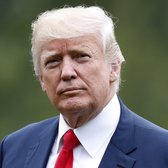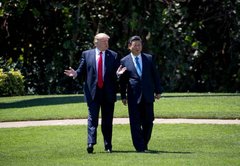Reverse China's entry into the World Trade Organization
Donald Trump
"That means reversing two of the worst legacies of the Clinton years...First, the North American Free Trade Agreement, or NAFTA. Second, China's entry into the World Trade Organization."
Trump-O-Meter

Promise Broken

